Pacific Gas & Electric (PG&E) has announced it will turn off power for thousands of California residents in the coming days amid ongoing heat waves and raging fires seen throughout the state.
According to the electric company, these moves must be made to try to limit potential wildfires amid very hot days and high winds.
Thousands of Customers Affected

PG&E has explained that about 12,000 customers in eight different Northern California counties will be affected by this possible Public Safety Power Shutoff (PSPS) this week.
This potential PSPS is set to officially begin early this week on Tuesday morning.
Counties Impacted
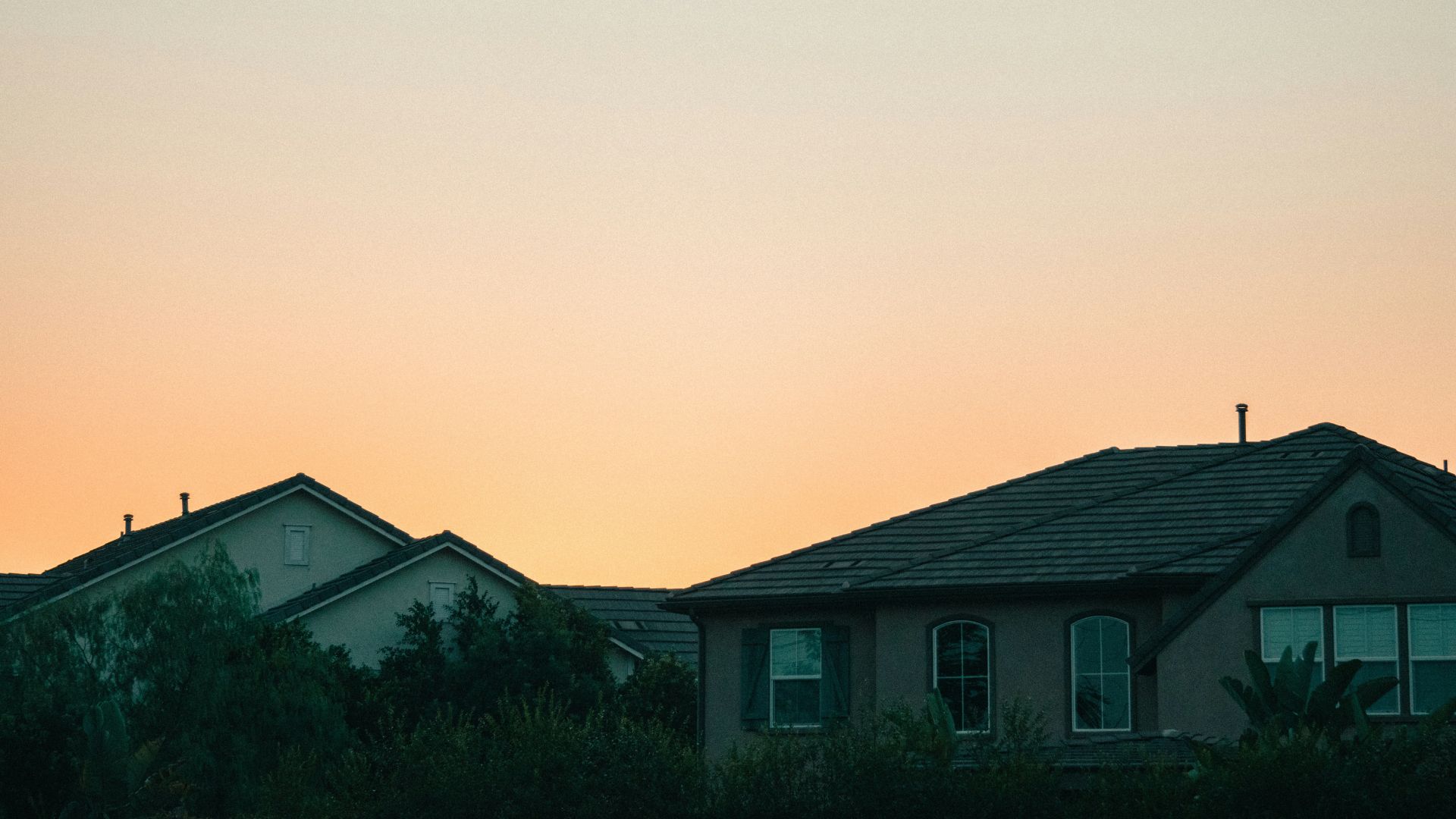
So far, only those in the Colusa, Glenn, Lake, Napa, Shasta, Solano, Tehama, and Yolo counties of Northern California will be impacted by this PSPS.
For the most part, most of these customers that will have their power shut off will be located within Shasta County. Shasta County alone may see almost 8,900 customers without power in the coming days.
Shutoffs Vary by County
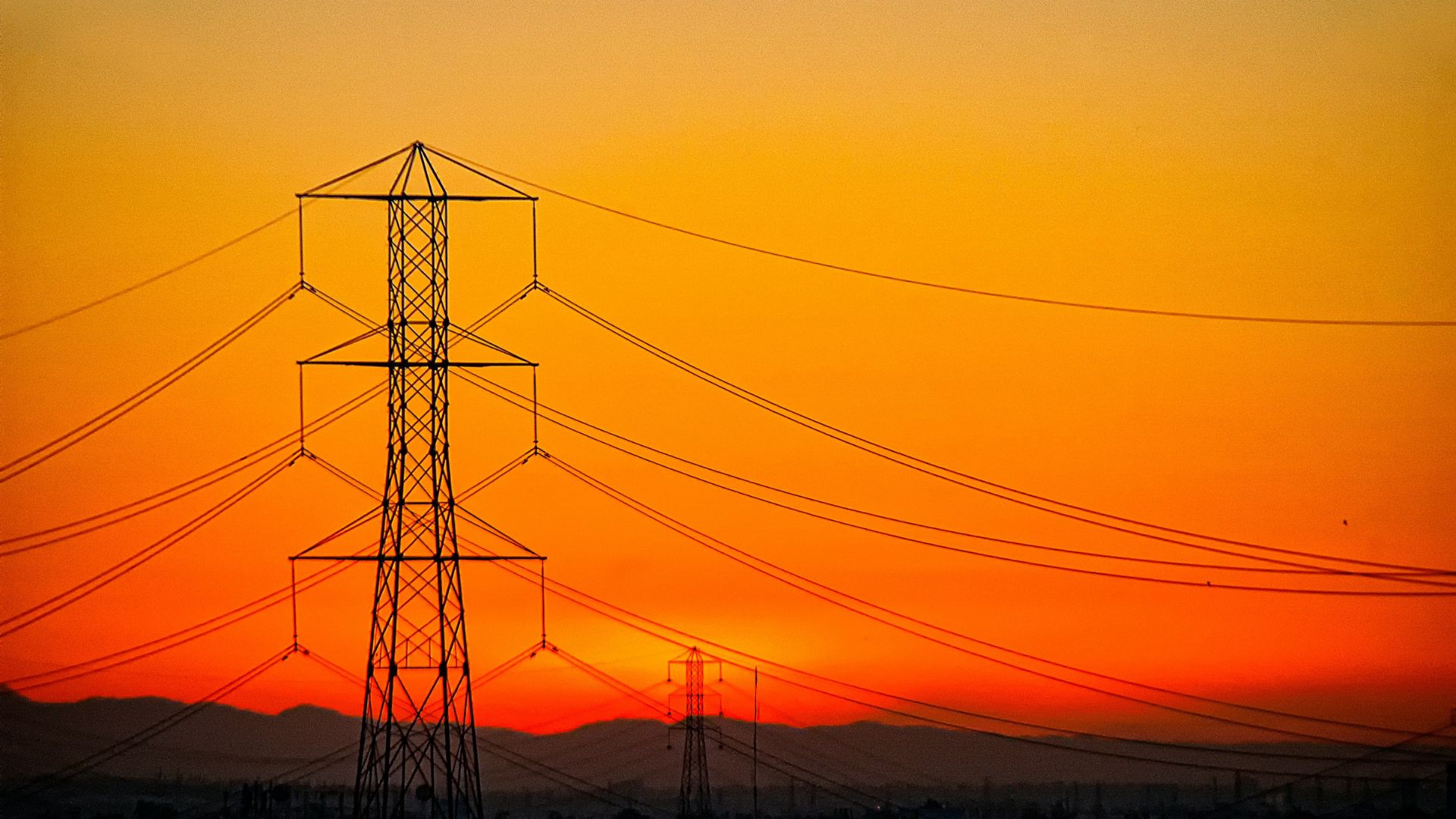
PG&E also explained that Tehama County may see about 1,900 customers experience this planned power shutoff. However, less than 100 residents in Lake, Napa, and Solano counties will have no electricity.
The utility company also stressed that customers can use their outage map to better understand where these shutoffs may happen.
A Large PSPS

This rather large PSPS comes as parts of California are undergoing both another heat wave and dangerous wildfires.
Jeff Smith, a spokesperson for PG&E, said, “We have not actually had to do one on a large scale in a couple of years.”
Why PG&E Is Shutting Off Power
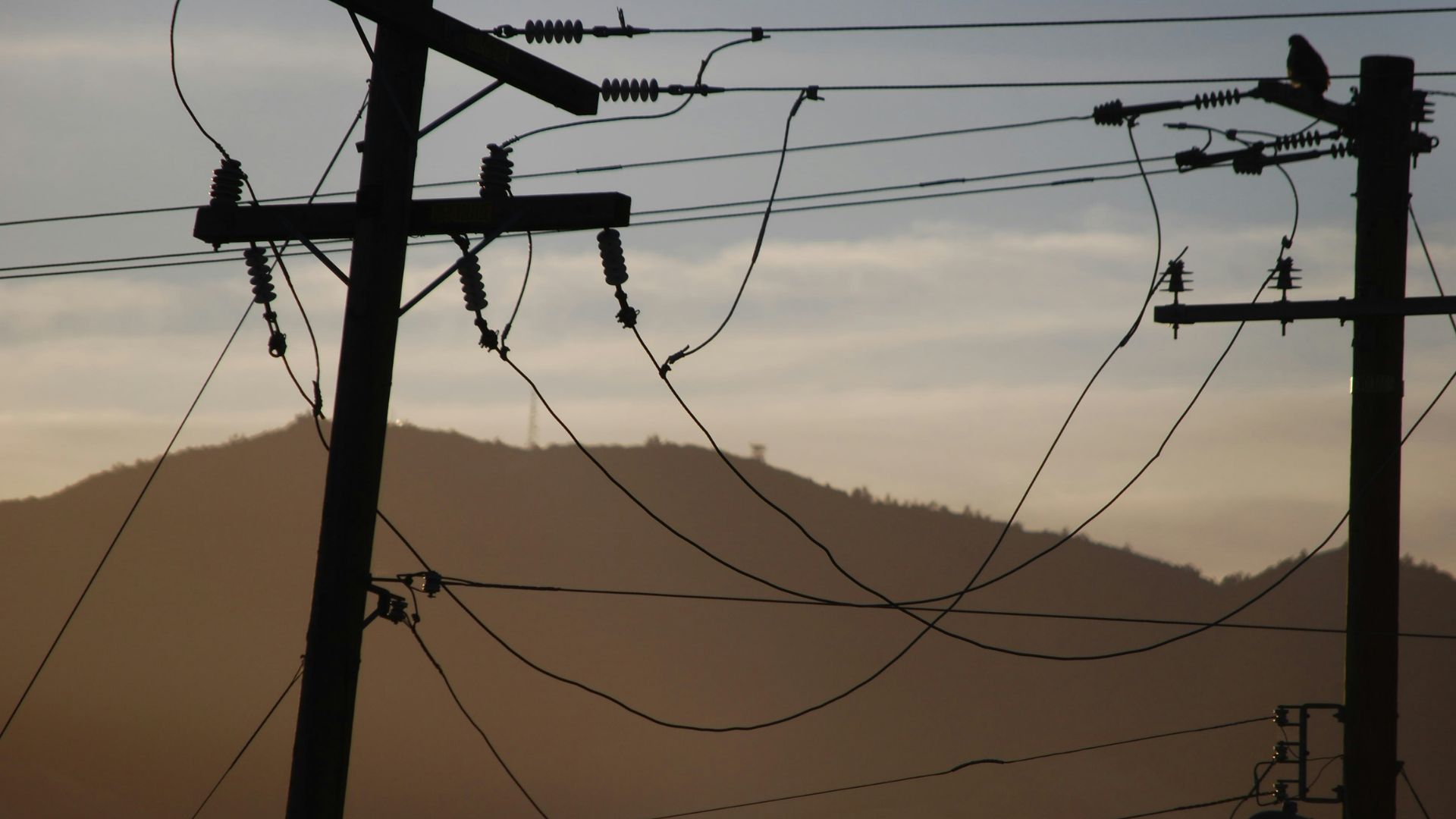
According to the utility company, this planned PSPS is happening because they are concerned about the high winds that these counties may see in the next few days.
These winds could cause tree branches or other forms of large debris to hit electric lines. If these lines are live, then this could potentially cause devastating wildfires. Therefore, they feel it’s best to shut off the power for the time being.
A Red Flag Warning
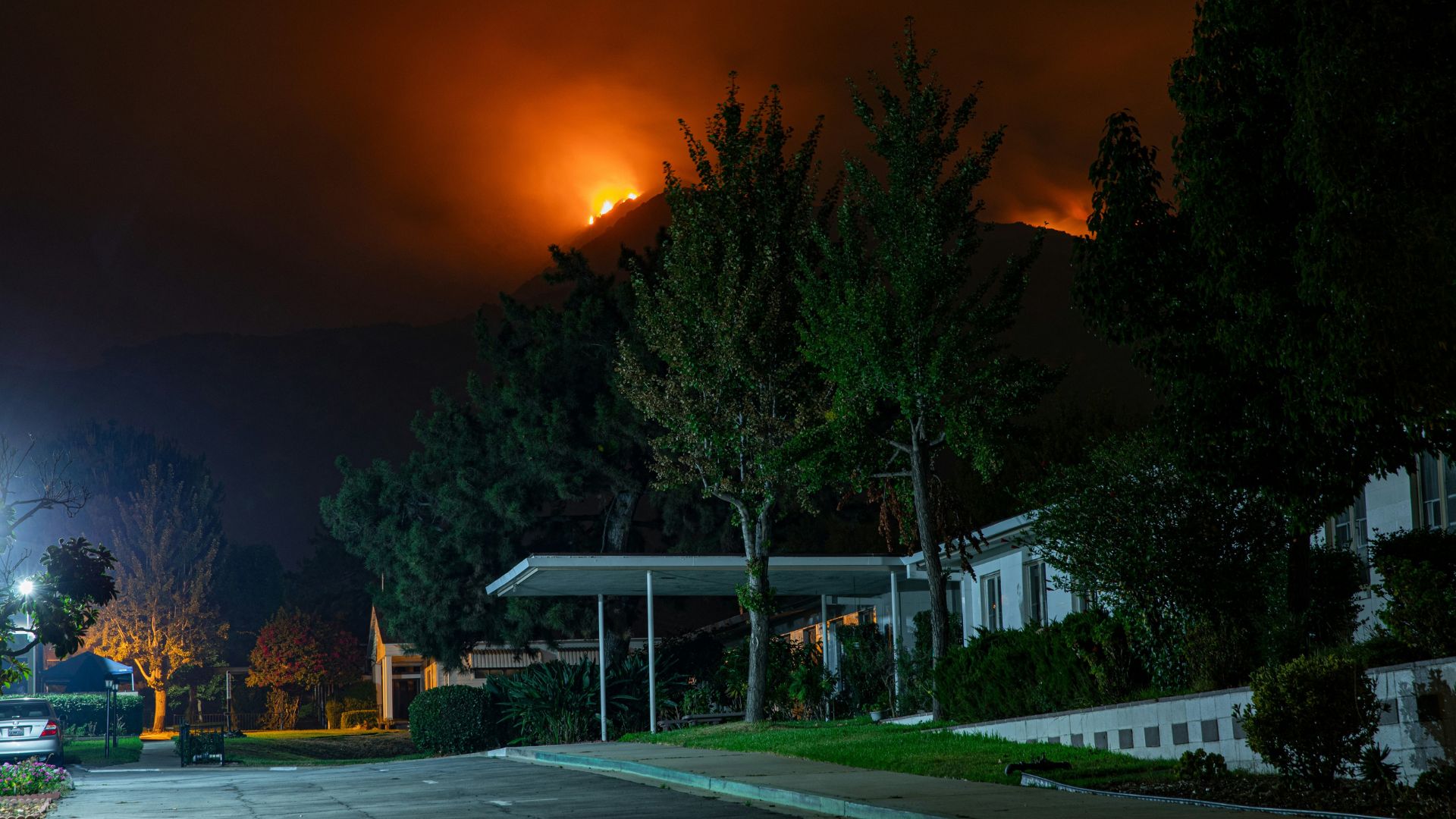
In Northern California, where these counties experiencing this PSPS are located, a Red Flag Warning has been issued.
This warning begins on Monday night and won’t come to an end until possibly Wednesday evening. The warning was initiated because of the strong winds and current dry conditions the valley is experiencing, which could increase the possibility of fires breaking out.
How Long Power Will Be Shut Off

PG&E has stated that they will likely start shutting off power to these customers somewhere around 2:30 a.m. and 4 a.m. on Tuesday morning.
The electric company will then restore power to its customers by 2 p.m. on Wednesday.
Community Assistance

Thankfully, those affected by these power shutoffs — which come during yet another Californian heat wave — can rely on community assistance.
About six different community resource centers will be open in these counties, providing restrooms, Wi-Fi, air conditioning, water, snacks, blankets, device charging, and more.
High Temperatures

The beginning of this week is set to be incredibly hot for those living in Northern California. Monday officially marks the beginning of another heat wave in the area, and temperatures are anticipated to reach above 100 degrees Fahrenheit.
Temperatures start strong and high on Monday — and are only expected to rise as the week progresses.
Fourth of July Events
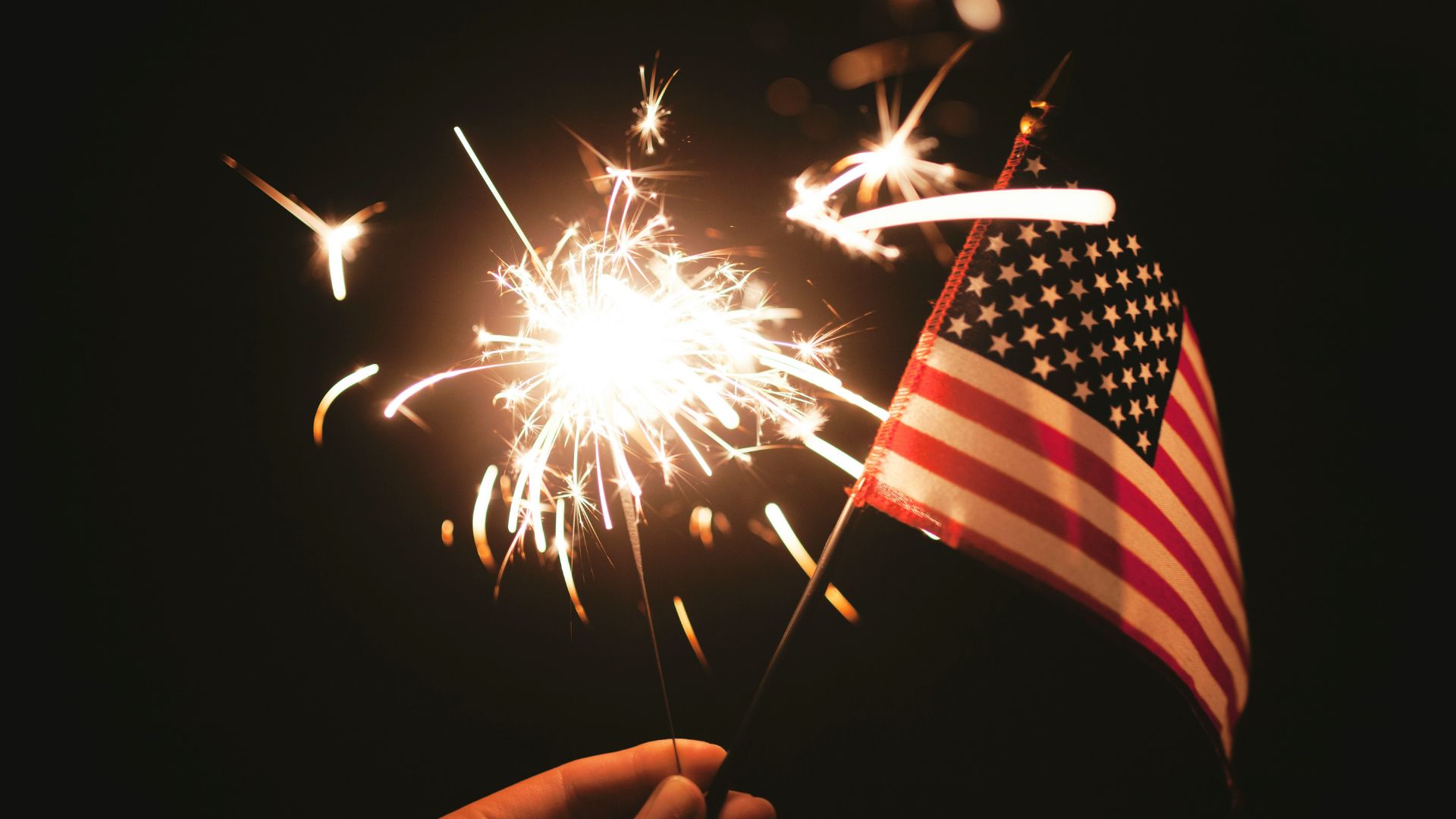
Because of these excessive heat warnings, as well as the concern that fires may naturally start, officials are warning residents of California to be careful during their Fourth of July parties and events.
Authorities are recommending that people limit their outdoor activities, as well as their fireworks usage.
Fires in California

This upcoming heat wave also comes as parts of California are dealing with raging fires. In Fontana, firefighters are currently battling a 400-acre Sierra fire.
While Southern California deals with these fires, Fresno County farther north also continues to deal with a Basin fire. This specific fire is now one of the two largest fires in California.
California Heat Wave
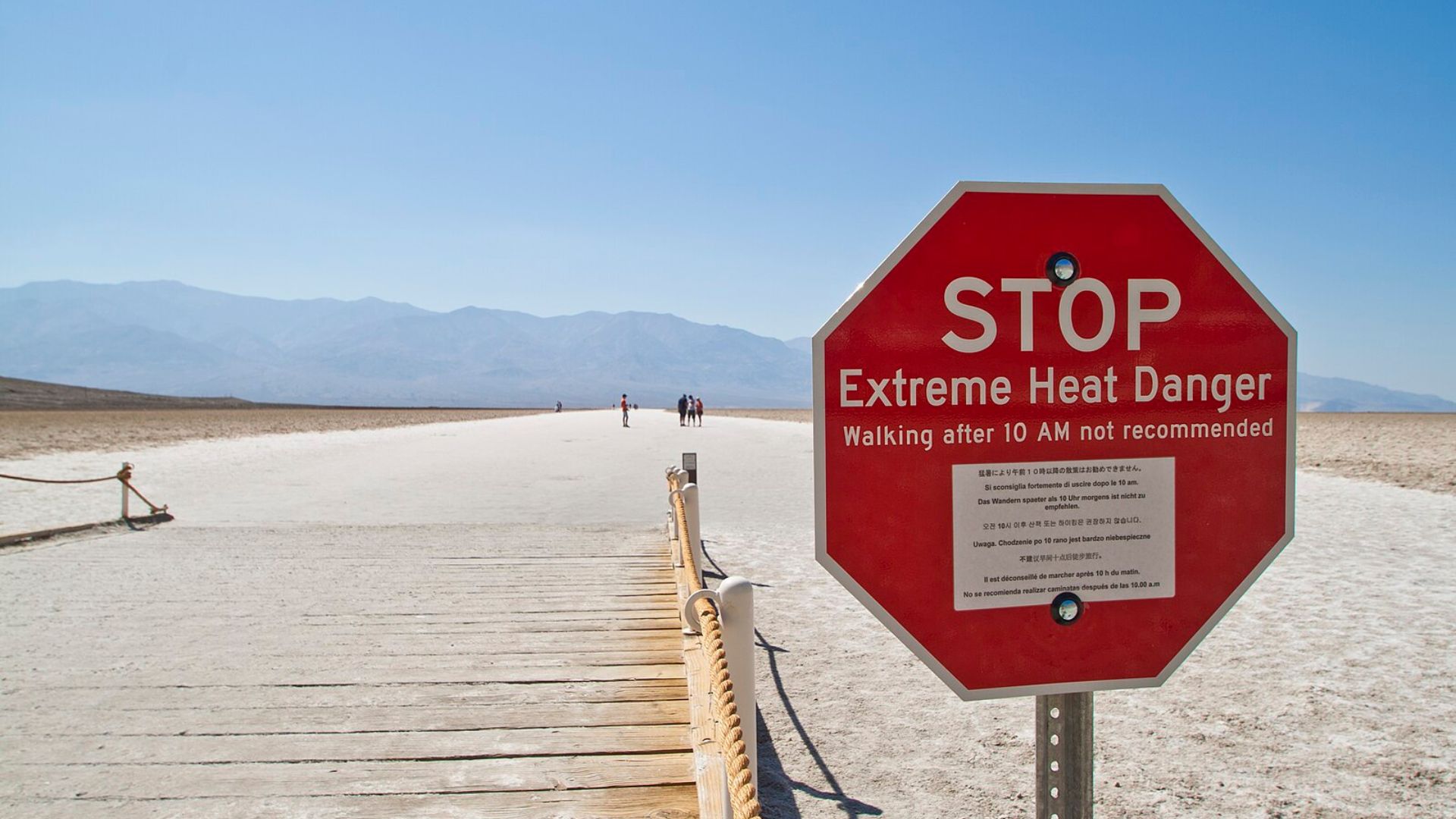
The recent scorching heat wave has put millions of California residents at risk, which the National Weather Service is calling “extremely dangerous.”
It is estimated that over 100 million people in the United States will spend July 4 under some form of heat alert.
Evacuations
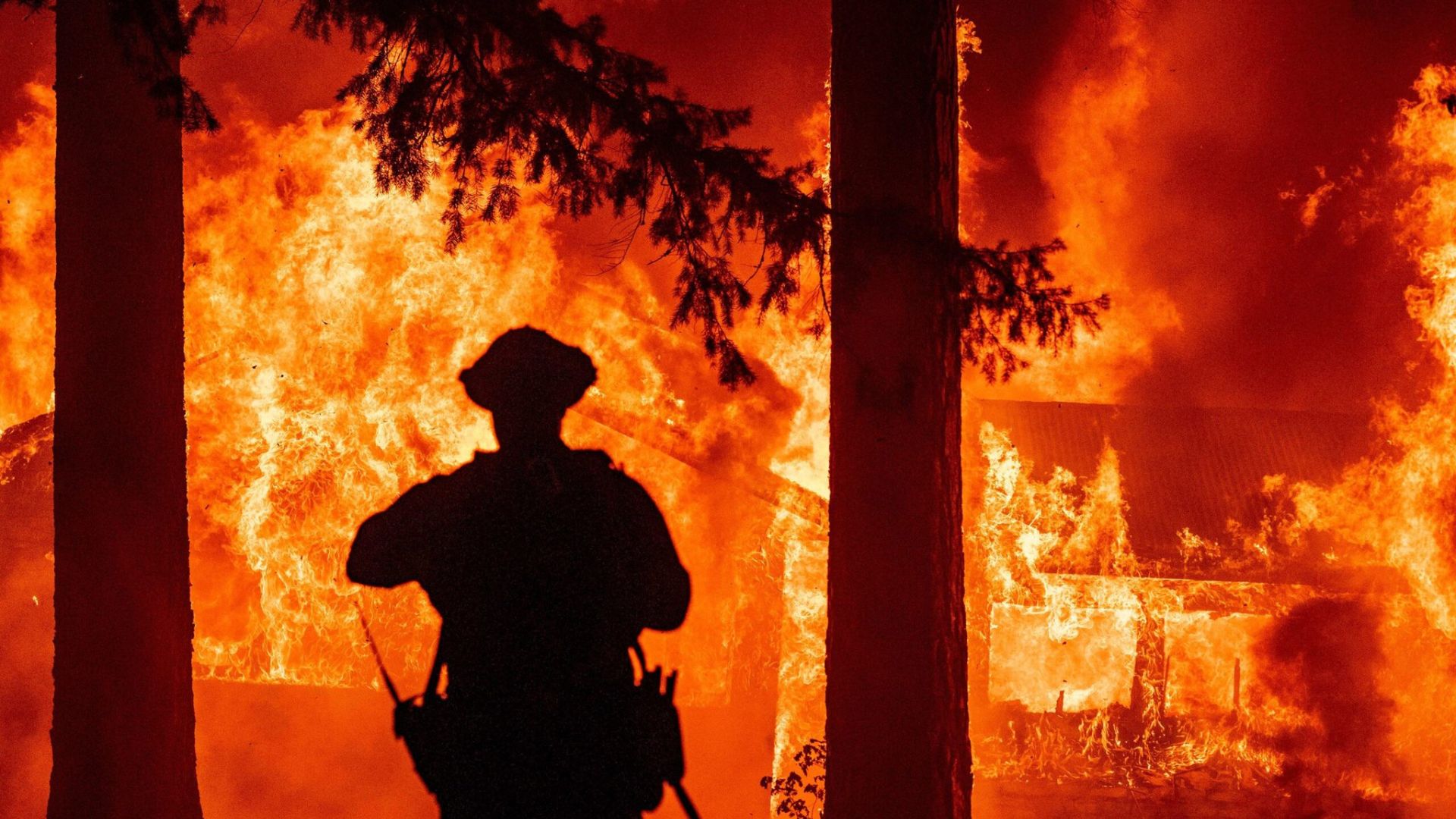
In northern California, more than 28,000 people were forced to flee because of a raging wildfire located north of Sacramento.
As of Wednesday night, the fire had only been 7% contained.
Newsom’s Warning

At the beginning of this week, the governor’s office warned residents about the potential consequences of the excessive heat ahead of the holiday.
“With temperatures set to exceed 110 degrees throughout much of the state this week, Governor Gavin Newsom is urging Californians to take extra precautions as they celebrate the Fourth of July,” said the governor’s office.
Extreme Temperature Response Plan
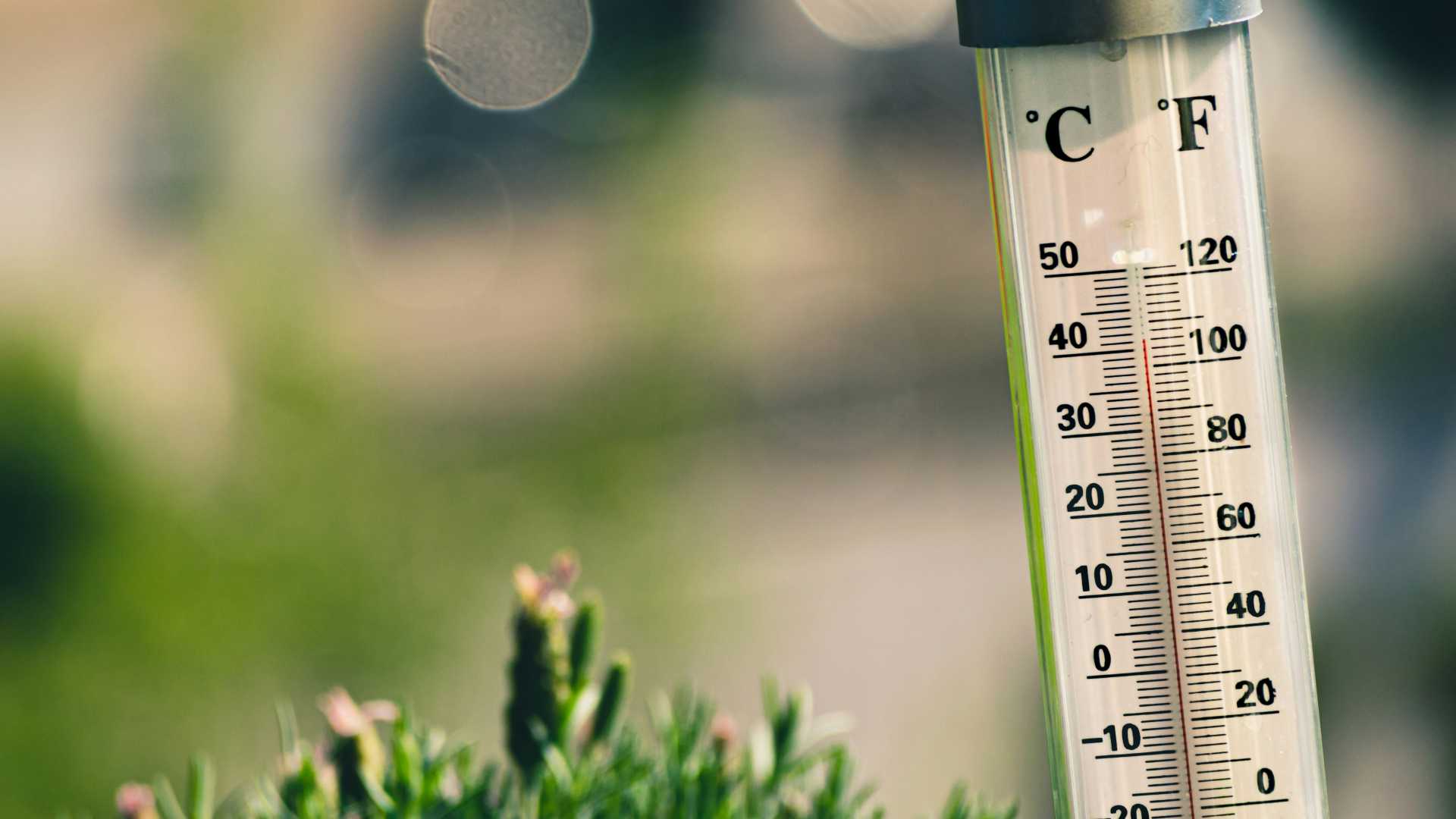
Governor Newsom began directing Phase II of the Office of Emergency Services’ plan to help Californians stave off the effects of the heat wave.
The state began “enforcing heat protections for outdoor workers” and providing cooling centers to “the most vulnerable Californians.”
Staying Safe

Newsom urged California residents to stay safe and not to underestimate the hot conditions in the state, which this week could range between 105 and 115 degrees.
“This heatwave is serious. We’re used to hot temperatures in California but this will be several days with little relief overnight. As we come together this week to celebrate the Fourth of July, look out for each other and take steps to stay safe. Don’t let this heat catch you by surprise, California,” said Newsom.
Dangers of Extreme Heat

Heat-related deaths have recently been on the rise. The Los Angeles Times reported last August that there were 4.2 deaths per million Californians where heat exhaustion was a present or contributing factor.
A report by the California Department of Public Health found a 5% increase in deaths during a 2022 heat wave compared to the previous year.
Why Does California Seem to Have Increased Levels of Extreme Heat?

Data from the California Office of Environmental Health Hazard Assessment shows that extreme heat days have become increasingly more frequent in California since the 1950s, even at night.
The government agency blames this increase in extreme heat on the effects of greenhouse gas emissions and changes to the way land in the state is being used.
Climate Mandates

California in the past decades has been trying to clamp down on its greenhouse gas emissions to restrict its contribution to climate change.
However, ambitious plans to cut greenhouse gas emissions have been met with failure. In March, CalMatters reported that the state isn’t on track to meet many of these climate change mandates.
Three Times Faster

Stafford Nichols, a researcher at Beacon Economics and co-author of the annual California Green Innovation Index, outlined just how far away California is from its goals.
“The fact that they need to increase the speed of reduction at about three times faster than they’re actually doing — that does not bode well,” said Nichols. “As we get closer to that 2030 goal, the fact that we’re further off just means that we have to decrease faster each year.”
Changes in Land Use
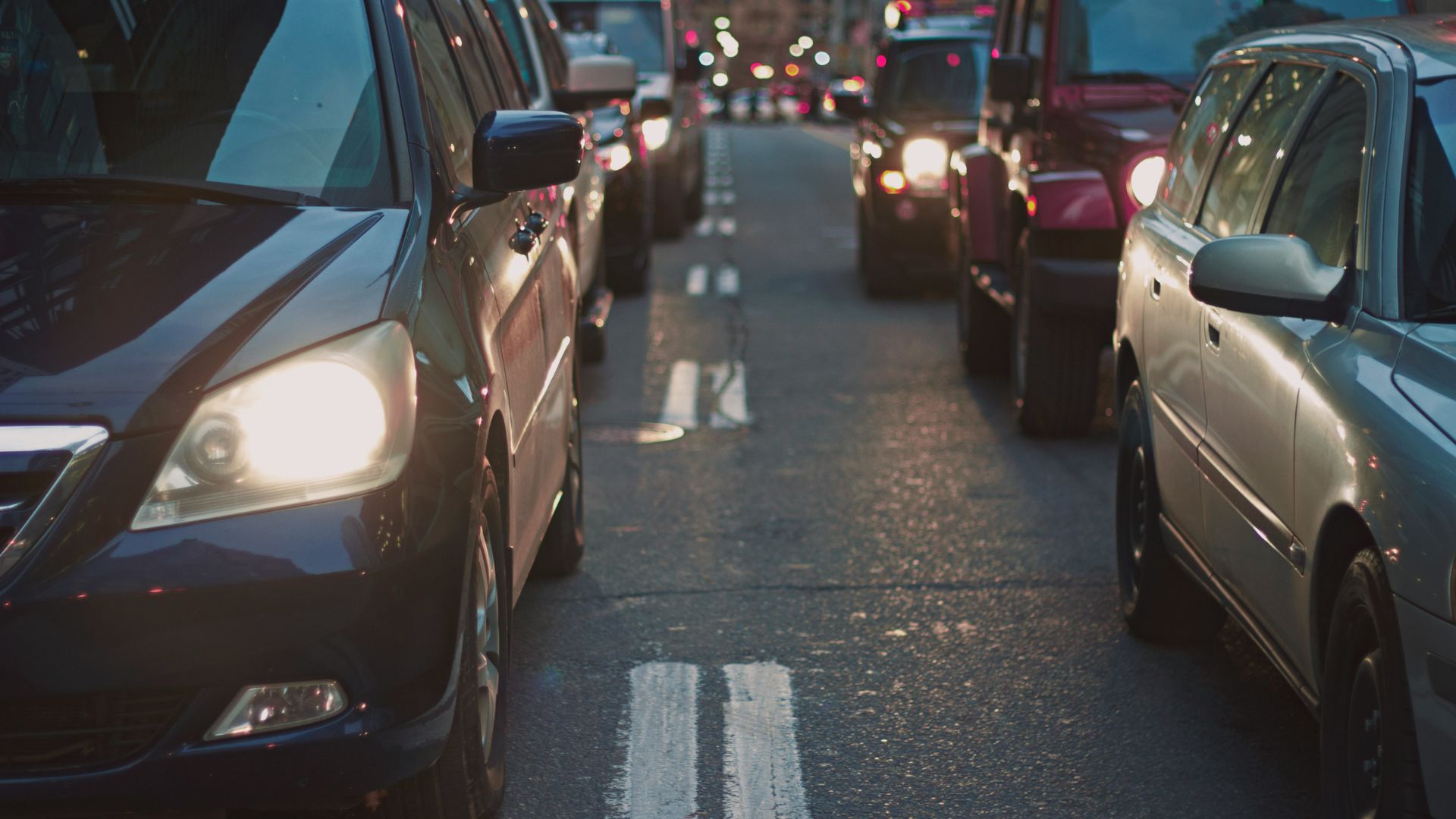
While greenhouse gases and climate change often generate headlines in the way they are directly connected to increasing global temperatures and heat, another contributing factor is land use.
As California continues to get more developed, heat-absorbing surfaces like concrete and asphalt become more common and create a warming effect.
Moisture Evaporates
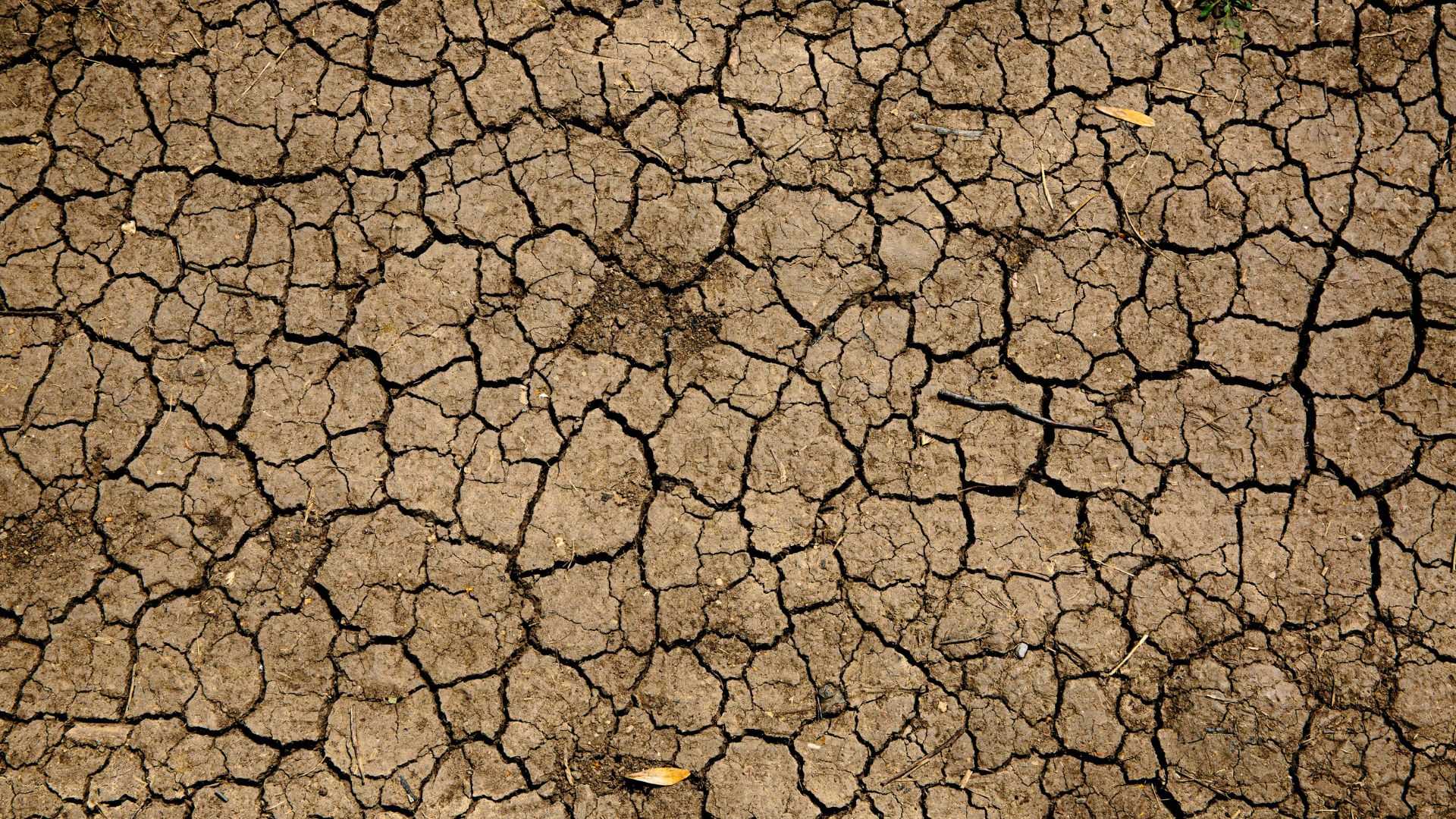
As a combination of factors drives temperature up, this creates a compounding effect where moisture is taken from the soil and plants, creating even drier conditions.
These dry conditions become the perfect kindling for raging wildfires, which already high temperatures can help ignite.
Electricity Risk

It is for these reasons that power companies have to institute these sorts of outages during risky heat waves.
Thunderstorms can bring down transmission wires causing sparks to ignite the dry environment. Also, during extreme heat, power systems work less efficiently, leading to risks of breakdown.
